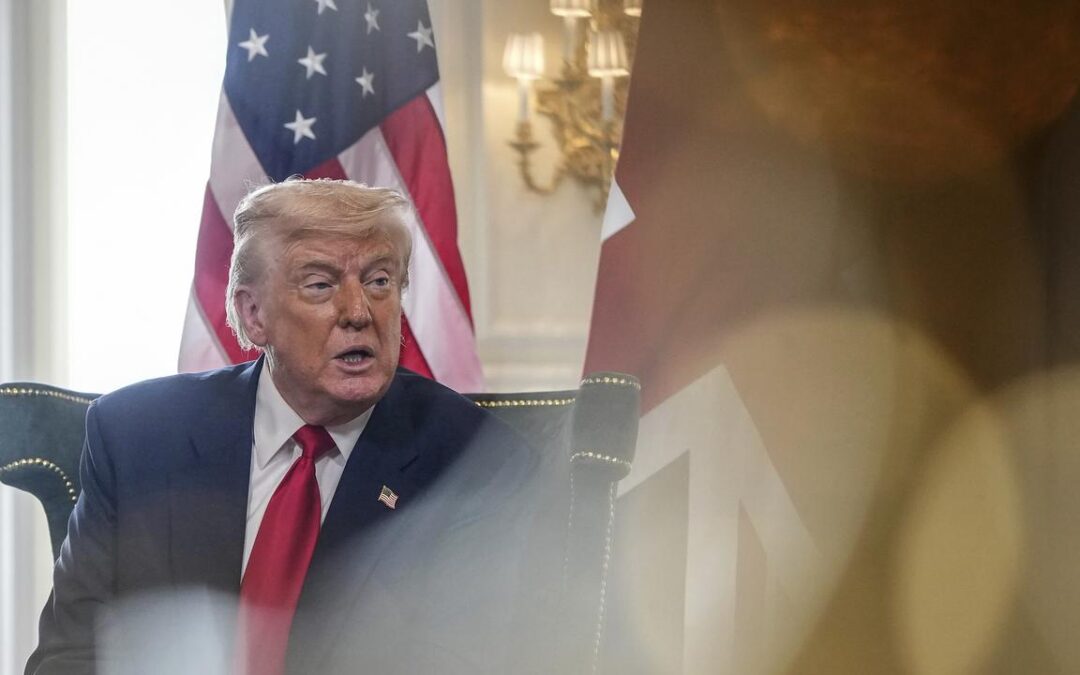
Trump considering ‘world tariff’ of 15-20 per cent
US President Donald Trump says most trading partners that do not negotiate separate trade deals will soon face tariffs of 15 per cent to 20 per cent on their exports to the United States, well above the broad 10 per cent tariff he imposed in April.
Trump told reporters his administration will notify about 200 countries soon of their new “world tariff” rate.
“I would say it’ll be somewhere in the 15 to 20 per cent range,” Trump told reporters, sitting alongside UK Prime Minister Keir Starmer at his luxury golf resort in Turnberry, Scotland.
“Probably one of those two numbers.”
Trump, who has vowed to end decades of US trade deficits by imposing tariffs on nearly all trading partners, has already announced higher rates of up to 50 per cent on some countries – including Brazil – starting on Friday.
The announcements have spurred feverish negotiations by a host of countries seeking lower tariff rates including India, Pakistan, Canada and Thailand among others.
The US president on Sunday clinched a huge trade deal with the European Union that includes a 15 per cent tariff on most EU goods, $US600 billion ($A920 billion) of investments in the US by European firms and $US750 billion in energy purchases over the next three years.
That followed a $US550-billion deal with Japan last week and smaller agreements with the United Kingdom, Indonesia and Vietnam.
Other talks are ongoing, including with India, but prospects have dimmed for many more agreements before Friday – Trump’s deadline for deals before higher rates take effect.
Trump has repeatedly said he favours straightforward tariff rates over complex negotiations.
“We’re going to be setting a tariff for essentially, the rest of the world,” he said again on Monday.
“And that’s what they’re going to pay if they want to do business in the United States. Because you can’t sit down and make 200 deals.”
Canadian Prime Minister Mark Carney said on Monday trade talks with the US were at an intense phase, conceding that his country was still hoping to walk away with a tariff rate below the 35 per cent announced by Trump on some Canadian imports.
Carney conceded this month that Canada – which sends 75 per cent of its exports to the United States – would likely have to accept some tariffs.
US and Chinese economic officials met in Stockholm on Monday for more than five hours of talks aimed at resolving longstanding economic disputes, seeking to extend a truce on tariffs by three months.
US Treasury Chief Scott Bessent was part of a negotiating team that arrived at Rosenbad, the Swedish prime minister’s office in central Stockholm, in the early afternoon.
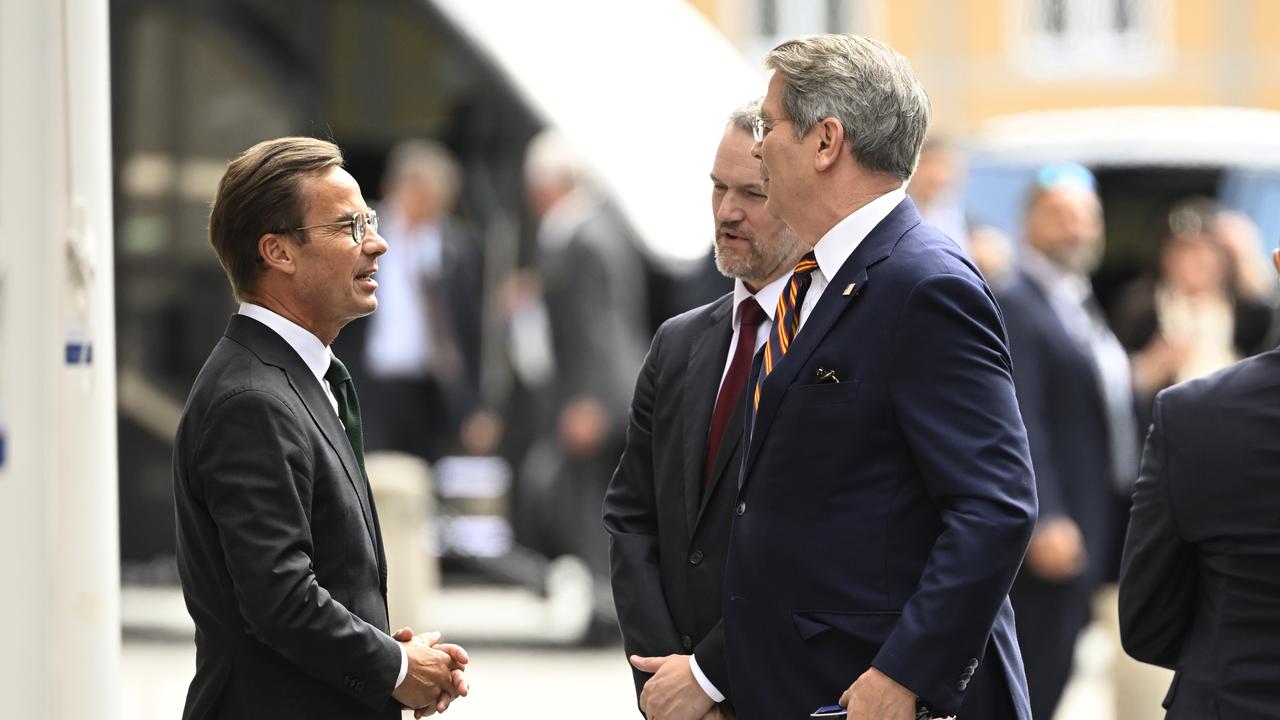
China’s Vice Premier He Lifeng was also seen at the venue.
China is facing an August 12 deadline to reach a durable tariff agreement with Trump’s administration, after the two governments reached preliminary deals in May and June to end weeks of escalating tit-for-tat tariffs and a cut-off of rare earth minerals.
Negotiators from the two sides were seen exiting the office about 8pm and did not stop to speak with reporters.
The discussions are expected to resume on Tuesday.
Trump touched on the talks during a wide-ranging press conference with UK Prime Minister Keir Starmer in Scotland.
“I’d love to see China open up their country,” Trump said.
Without an agreement, global supply chains could face renewed turmoil from US duties snapping back to triple-digit levels that would amount to a bilateral trade embargo.
Trade analysts said another 90-day extension of a tariff and export control truce struck in mid-May between China and the United States was likely.
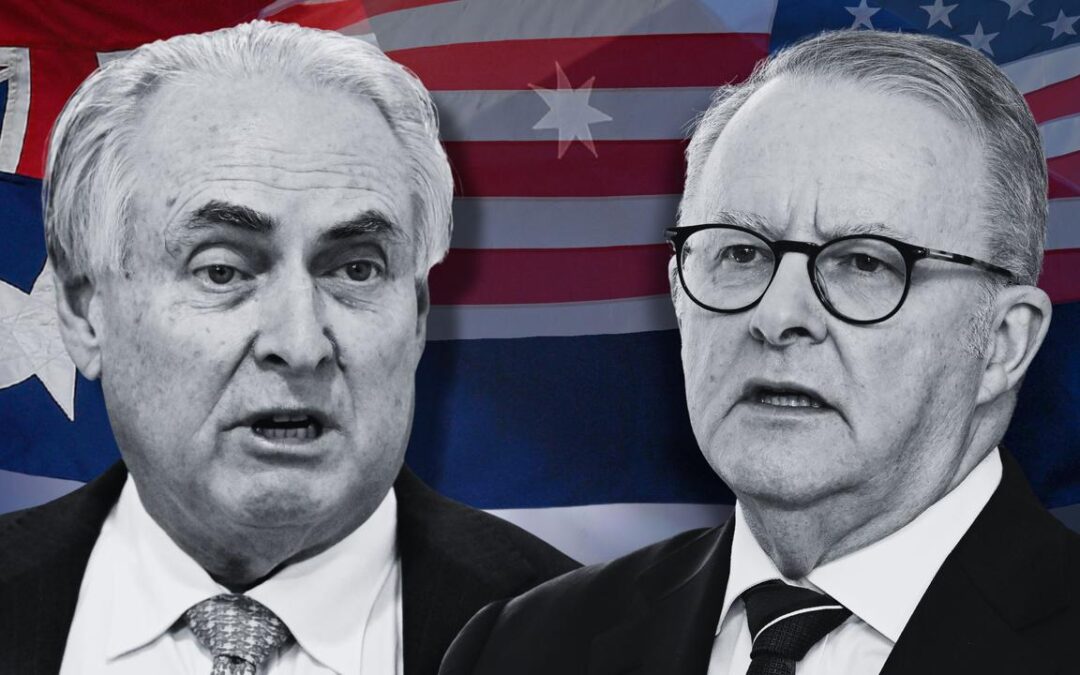
Hope for tariff carve-out wanes as Trump strikes deals
Australia’s hopes for a total tariff exemption are dwindling as Donald Trump’s deals with other nations lay bare the limits of trade negotiations.
Since pushing his tariff deadline to August 1, the US president has struck trade agreements with Japan, and on Monday, the European Union.
While the deals landed on tariffs lower than Mr Trump’s initial threats, both were higher than the 10 per cent baseline levy imposed on Australian goods.
No US trading partner has managed to completely dodge tariffs on their items.
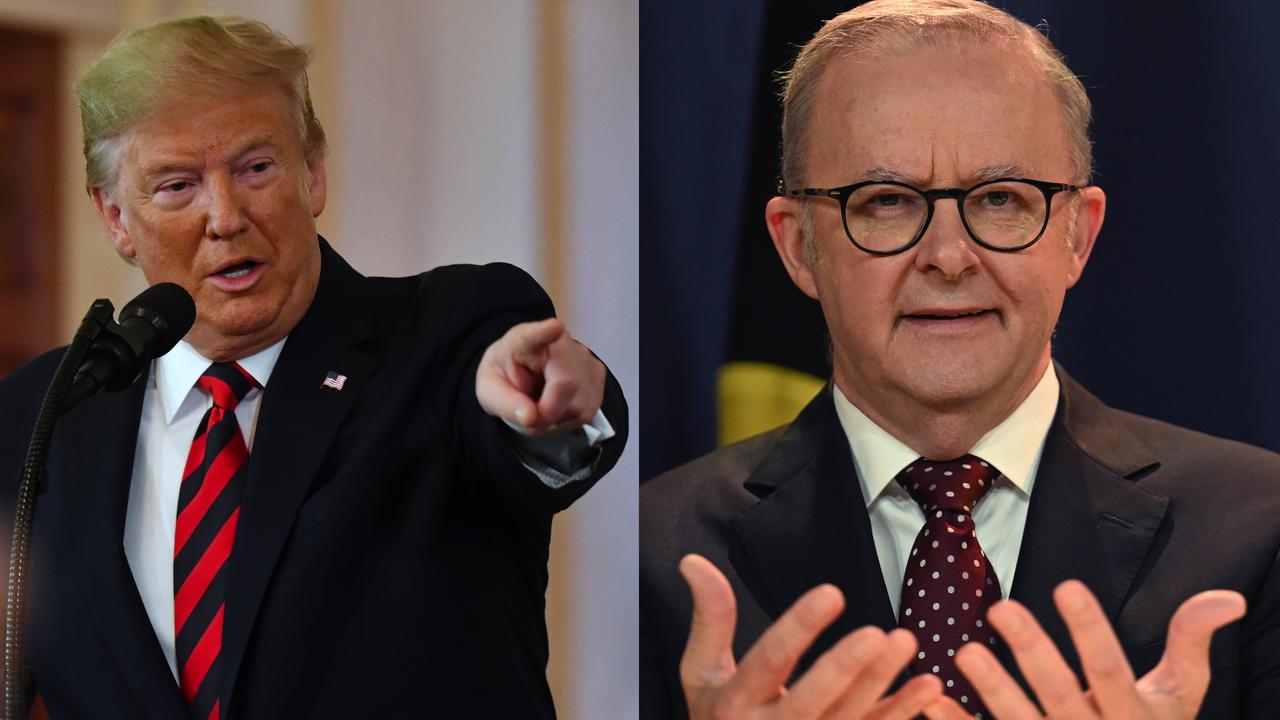
Prime Minister Anthony Albanese and Trade Minister Don Farrell have maintained Australian products should not be hit with any tariffs, but the latest deals show an exemption could be off the table.
“Trump really does see tariffs as something that is good in themselves,” University of Sydney US politics expert David Smith told AAP.
“Even though there were a lot of hopes at the beginning of this process that countries could negotiate their way out of tariffs altogether – that’s not really happening.”
Australia, like other nations, might instead have to pivot approaches and try to strategically position its industries within these deals.
For example, the US pharmaceutical sector has long taken issue with Australia’s drug subsidy scheme and urged the president to act.
In early July, Mr Trump threatened a 200 per cent tariff on pharmaceuticals, which could be seen as a way for the US to chip away at the Pharmaceutical Benefits Scheme in exchange for a trade deal.
Both of Australia’s major parties have maintained the program is not up for negotiation.
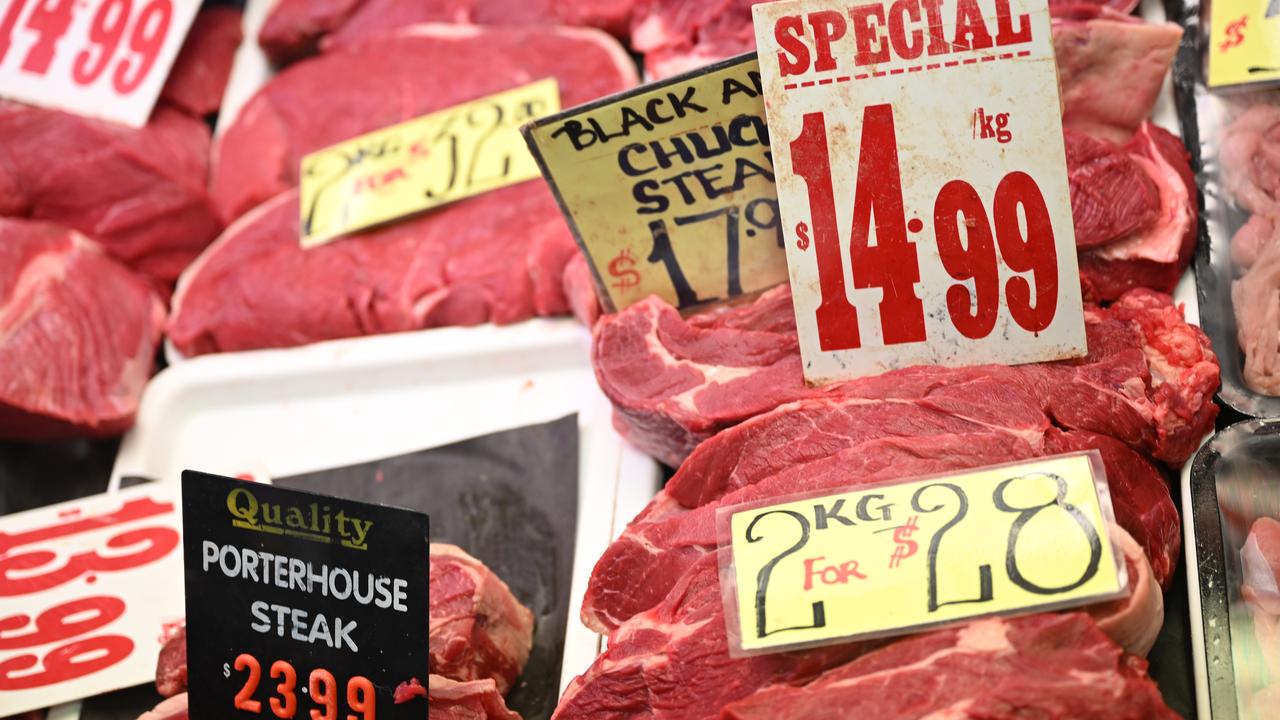
Instead, the federal government revealed it would lift restrictions on certain US beef imports.
“Australia is thinking about other areas where we would be prepared to make concessions, because we were not going to be making concessions on (the PBS),” Associate Professor Smith said.
Mr Albanese has maintained his government is engaging in Australia’s national interest.
While the government said its decision to lift restrictions followed a decade-long scientific review and noted the measure would not compromise biosecurity, the opposition and figures within the cattle industry have called for an independent examination of the issue.
“If we have created a brand new threat, we should be very clear about that,” Liberal senator Jane Hume told parliament.
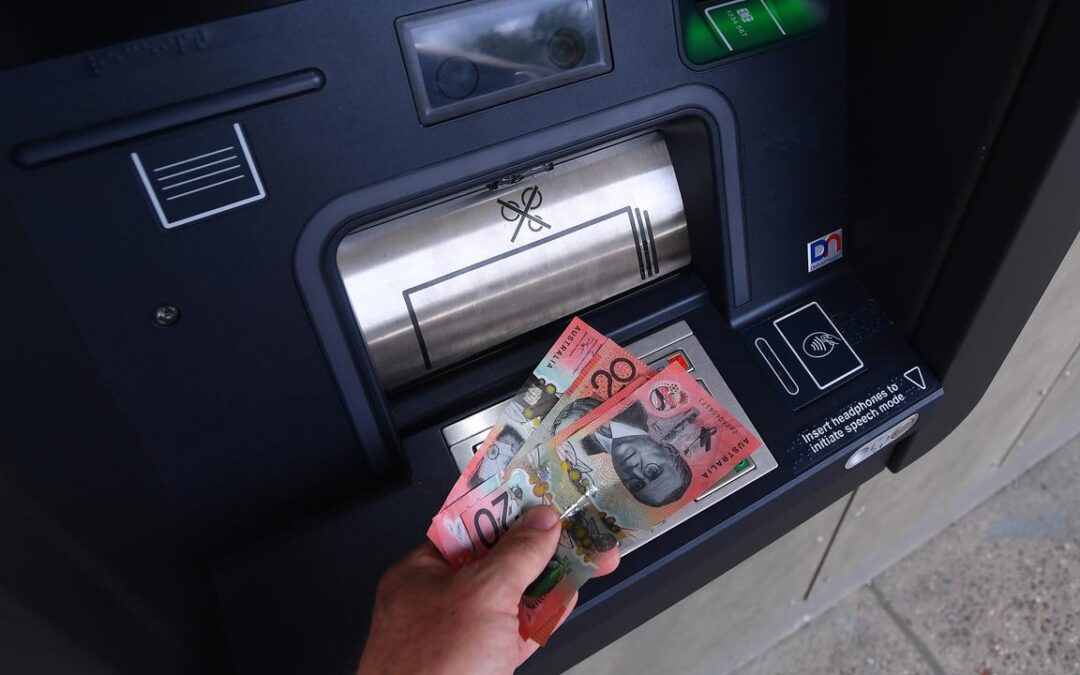
Banks forced to take action on high-fee accounts
Banks will refund more than $93 million to low-income customers who were charged high fees on their accounts.
More than a million people have already been moved to low-fee accounts, saving an expected $50 million in annual fees, according the the Australian Securities and Investments Commission’s (ASIC) Better and Beyond report released on Tuesday.
The review follows the Better Banking for Indigenous Consumers report, released in July 2024, which revealed at least two million low-income Australians, who relied on Centrelink payments, had bank accounts charging high fees.
There were 21 banks included in the latest report, which found even larger numbers of low-income Australians paying too much.
“What started as an initiative focused on addressing avoidable bank fees for low-income customers in regional and remote locations, particularly First Nations consumers, revealed a much wider problem affecting customers nationwide,” commissioner Alan Kirkland said.
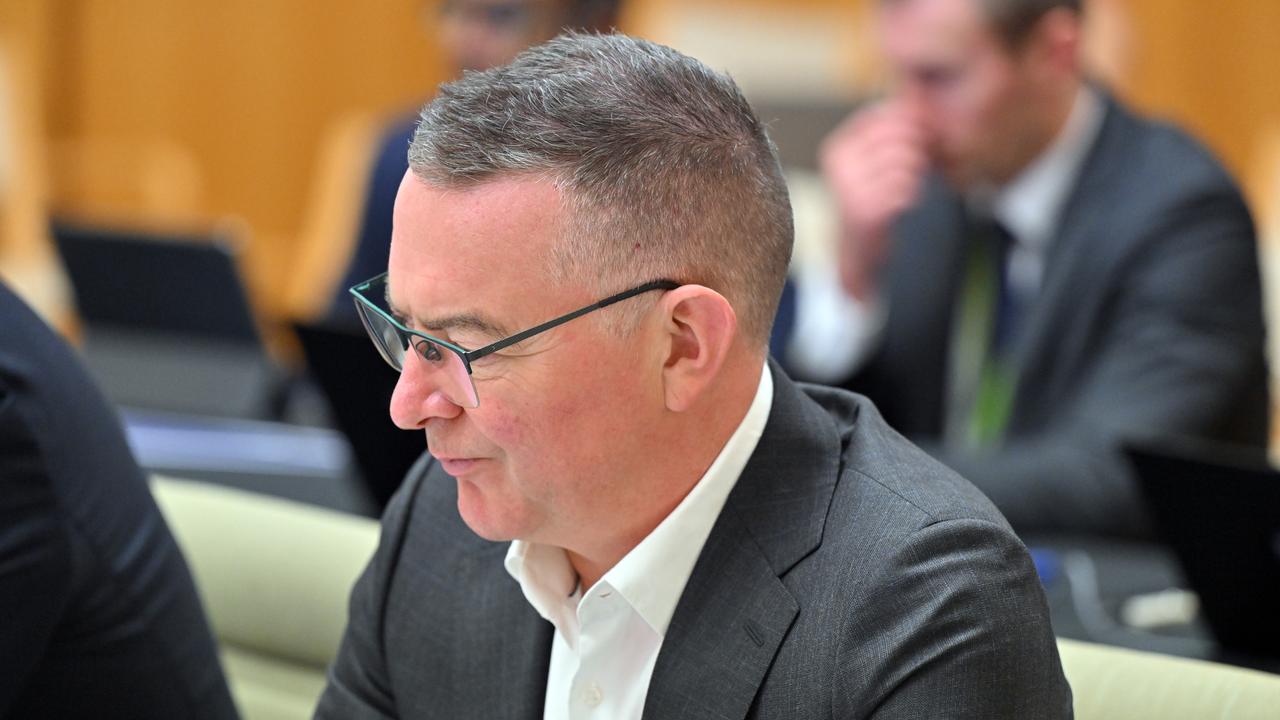
Since July 2024, the four banks involved in the initial report- ANZ, Bendigo Bank, Westpac and the Commonwealth Bank (including Bankwest) have paid more than $33 million in refunds to the customers identified.
Three-of-those-four banks have committed to refunds to a broader group of low-income customers who have been in high-fee accounts.
The Commonwealth Bank and Bankwest have indicated they don’t intend making payments to customers outside the initial cohort, ASIC’s report said.
Several other banks have also reviewed the impact of high-fee accounts on low-income customers and have committed to remediation.
A further $60 million will be refunded to more than 770,000 customers as a result.
ASIC Chair Joe Longo said, while banks had made improvements during the commission’s surveillance, there was still work to be done.
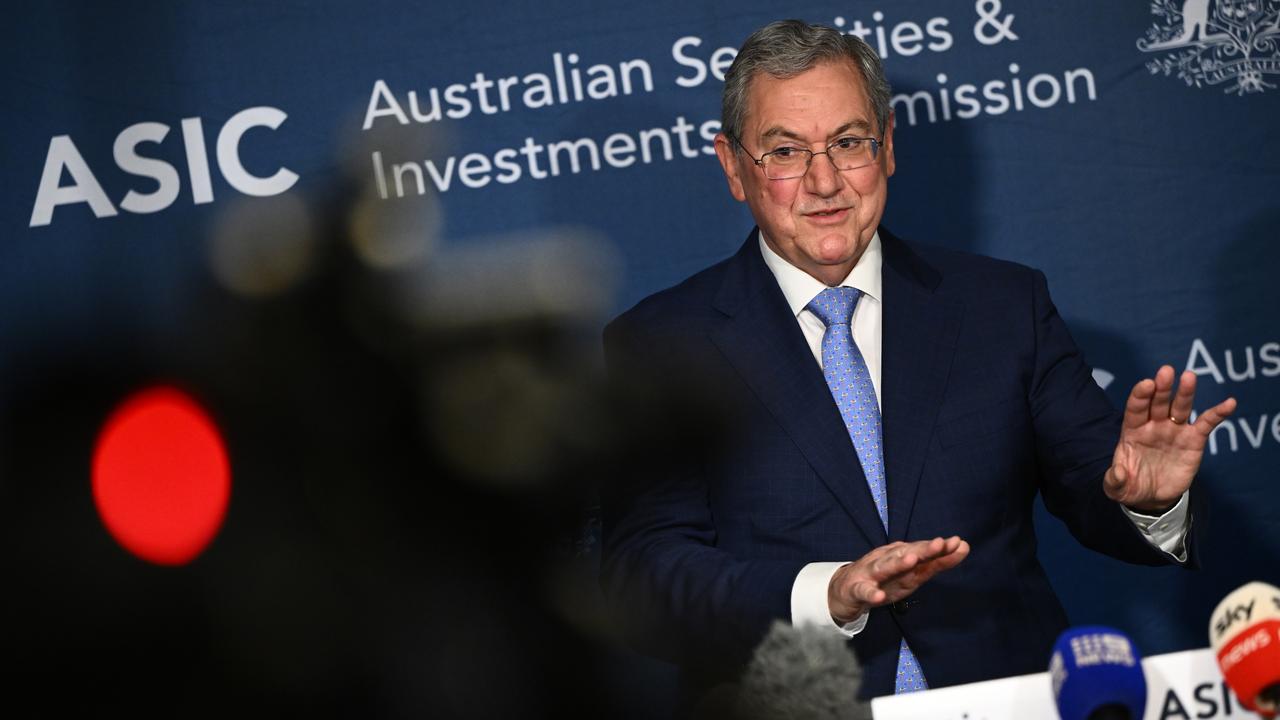
“It should not take an ASIC review to force $93 million in refunds or make banks assess their processes to ensure the trust and expectations placed in them are justified,” he said.
“Banks need to truly hear the messages in this report – read it, review it, and ask themselves some difficult questions about what led to this situation.”
Nine banks had made it easier to access low-fee accounts, while another seven had improved processes for moving customers to those types of accounts.
Six more banks were now collecting data to identify First Nations customers, following a recommendations from the commission’s initial review.
“Our intervention has forced many banks to take action, but more needs to be done to ensure financially vulnerable consumers are not put in this position again,” Mr Kirkland said.
“We encourage consumers to challenge their banks to ensure that they are in the best account for their needs.
“More importantly, we encourage banks to do more to proactively identify low- income customers and move them to low-fee accounts.”
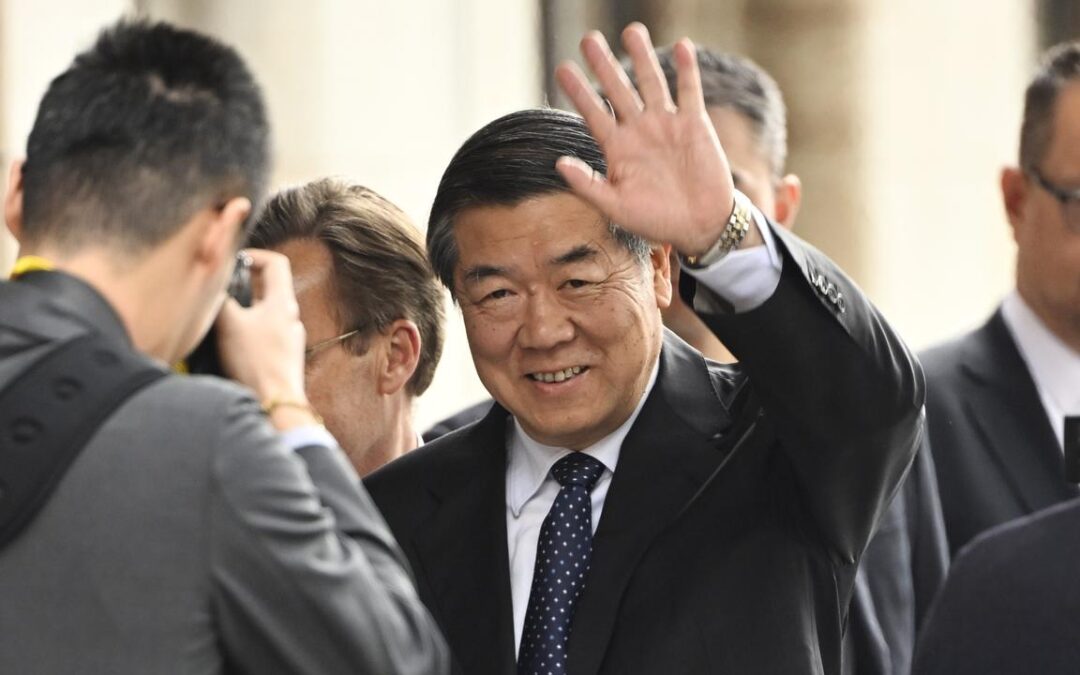
US, China hold new talks on tariff truce in Sweden
Top United States and Chinese economic officials have resumed talks in Stockholm to resolve longstanding economic disputes at the centre of a trade war between the world’s top two economies, aiming to extend a truce by three months.
US Treasury Chief Scott Bessent was part of a negotiating team that arrived at Rosenbad, the Swedish prime minister’s office in central Stockholm, in the early afternoon on Monday.
China’s Vice Premier He Lifeng was also seen at the venue on video footage.
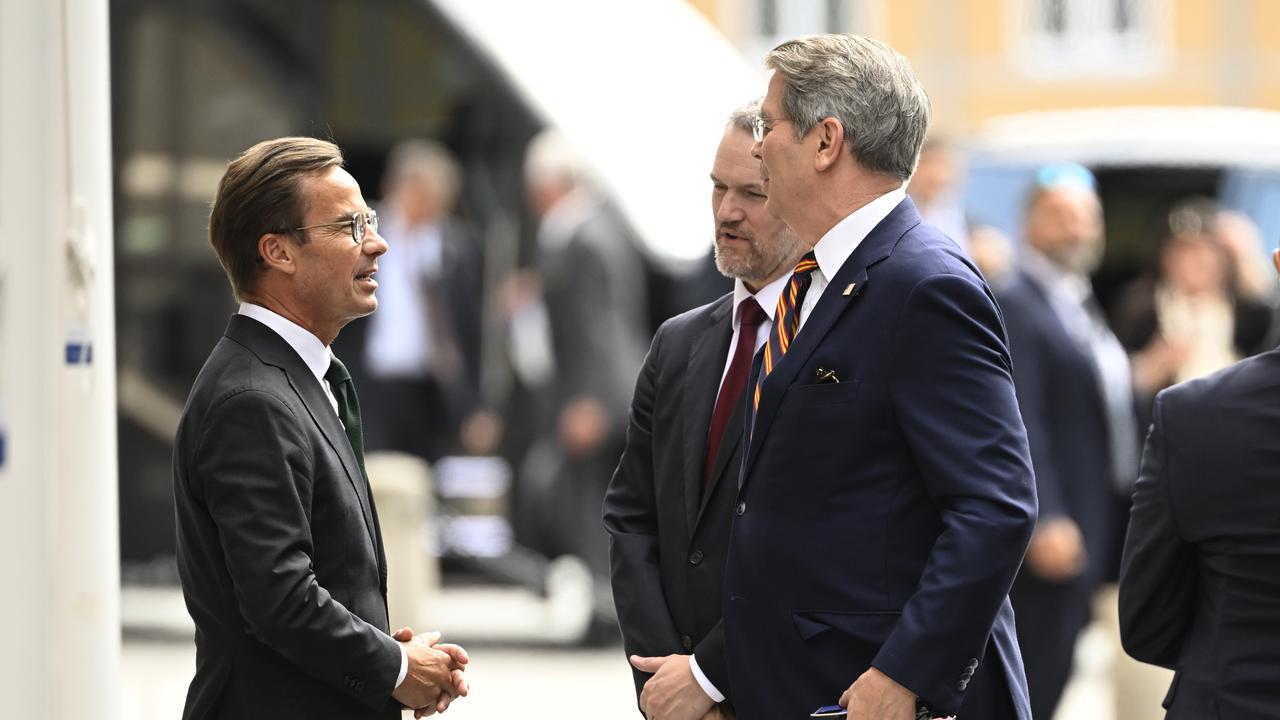
China is facing an August 12 deadline to reach a durable tariff agreement with US President Donald Trump’s administration, after China and the US reached preliminary deals in May and June to end weeks of escalating tit-for-tat tariffs and a cut-off of rare earth minerals.
Trump touched on the talks during a wide-ranging press conference with UK Prime Minister Keir Starmer in Scotland.
“I’d love to see China open up their country. So we’re dealing with China right now as we speak,” Trump said.
Without an agreement, global supply chains could face renewed turmoil from US duties snapping back to triple-digit levels that would amount to a bilateral trade embargo.
US Trade Representative Jamieson Greer said he did not expect “some kind of enormous breakthrough today” at the talks in Stockholm that he was attending.
“What I expect is continued monitoring and checking in on the implementation of our agreement thus far, making sure that key critical minerals are flowing between the parties and setting the groundwork for enhanced trade and balanced trade going forward,” he told CNBC.
The Stockholm talks follow Trump’s biggest trade deal yet with the European Union on Sunday for a 15 per cent tariff on most EU goods exports to the United States.
Trade analysts said another 90-day extension of a tariff and export control truce struck in mid-May between China and the United States was likely.
An extension would facilitate planning for a potential meeting between Trump and Chinese President Xi Jinping in late October or early November.
The Financial Times reported on Monday that the US had paused curbs on tech exports to China to avoid disrupting trade talks with Chinese officials and support Trump’s efforts to secure a meeting with Xi this year.
Previous US-China trade talks in Geneva and London in May and June focused on bringing US and Chinese retaliatory tariffs down from triple-digit levels and restoring the flow of rare earth minerals halted by China and Nvidia’s H20 AI chips, and other goods halted by the United States.
So far, the talks have not delved into broader economic issues.
They include US complaints that China’s state-led, export-driven model is flooding world markets with cheap goods, and Chinese complaints that US national security export controls on tech goods seek to stunt Chinese growth.
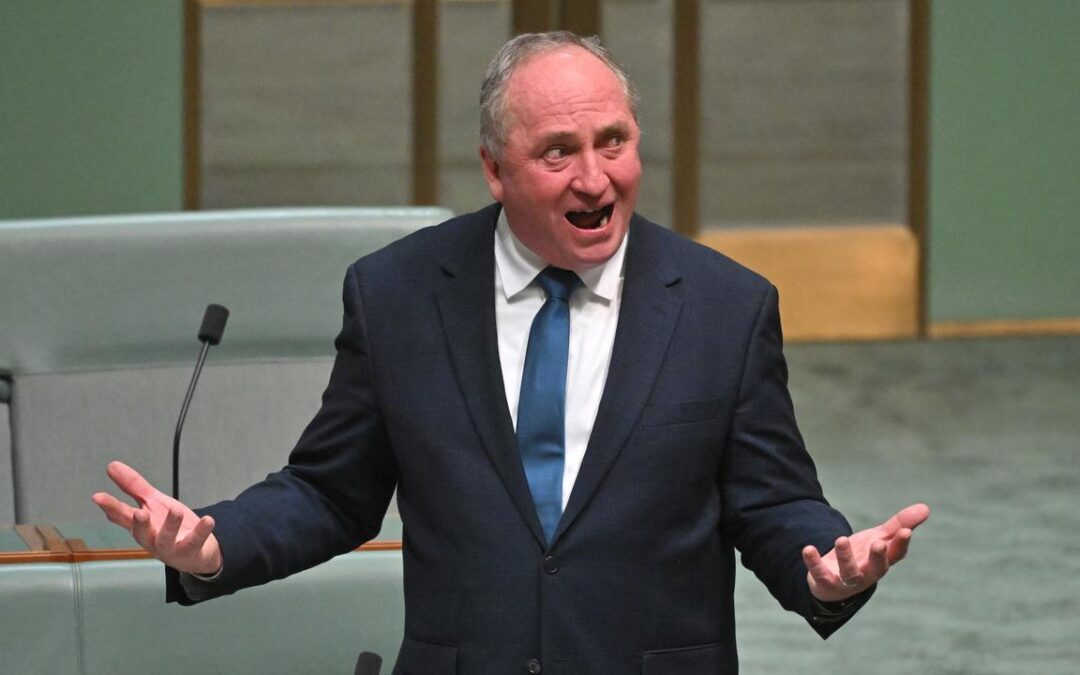
Coalition splinters as heat rises on net-zero policy
A key climate target might be dumped by the coalition as an increasing number of Liberals cast doubt over the future of the opposition’s commitment to net zero.
Former Nationals leader Barnaby Joyce on Monday launched a bid to repeal the net-zero emissions by 2050 reduction target.
But his private member’s bill is guaranteed to fail, because it lacks the support of the government which has a majority in the House of Representatives.
Opposition Leader Sussan Ley maintains the coalition will wait until after a review of its disastrous May election loss before making formal policy decisions.
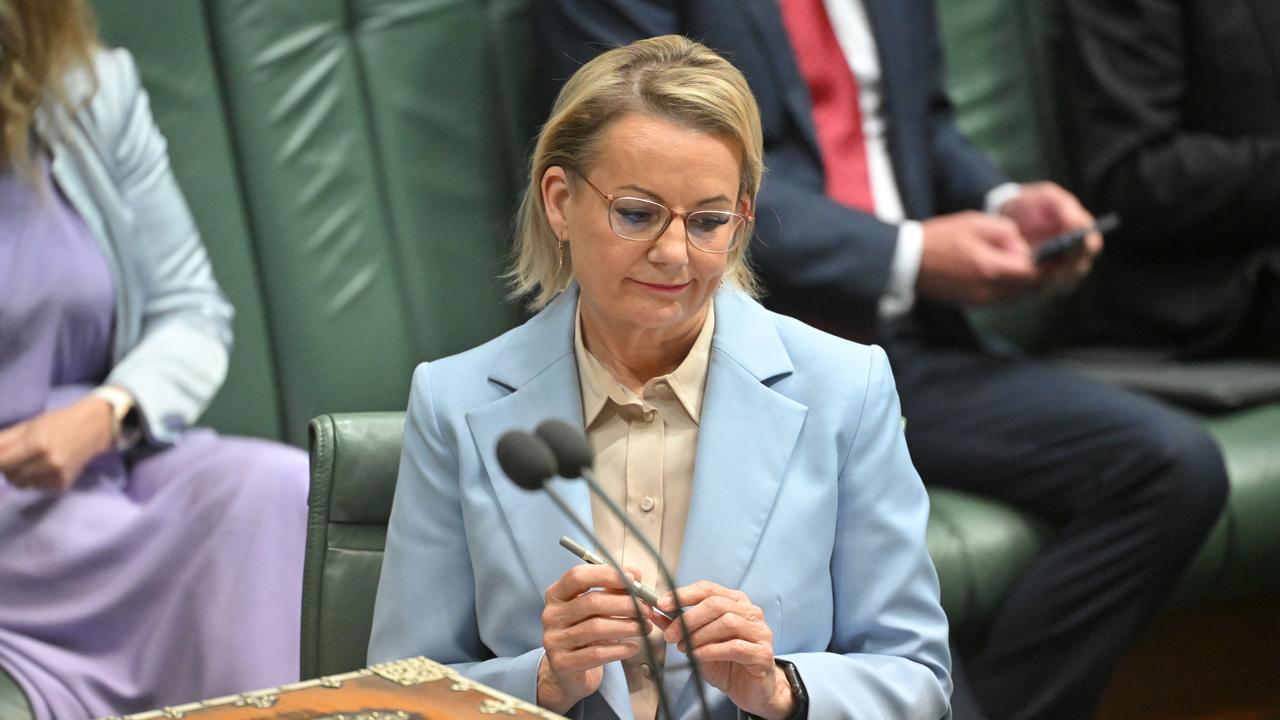
Despite a growing number of Liberal politicians speaking out against stronger climate change action, she doubled down on waiting for the review.
“We’re going to bring all of those views together … to flesh out the different perspectives, the expert advice and, of course, focus on this government’s miserable failure when it comes to energy policy,” she told Sky News.
Asked about the political impact of dumping the climate target, Ms Ley said she would not foreshadow the review’s outcome.
Many Liberal moderates want the net-zero target retained so the party is seen to be taking climate action seriously.
But Mr Joyce said there was no reason why abandoning the targets should be off the table.
“This is not about leadership. This is not about trying to create some sort of discordant note,” he told reporters ahead of the bill’s introduction.
“There’s not anything in this bill that the coalition didn’t have the same position we voted for.”
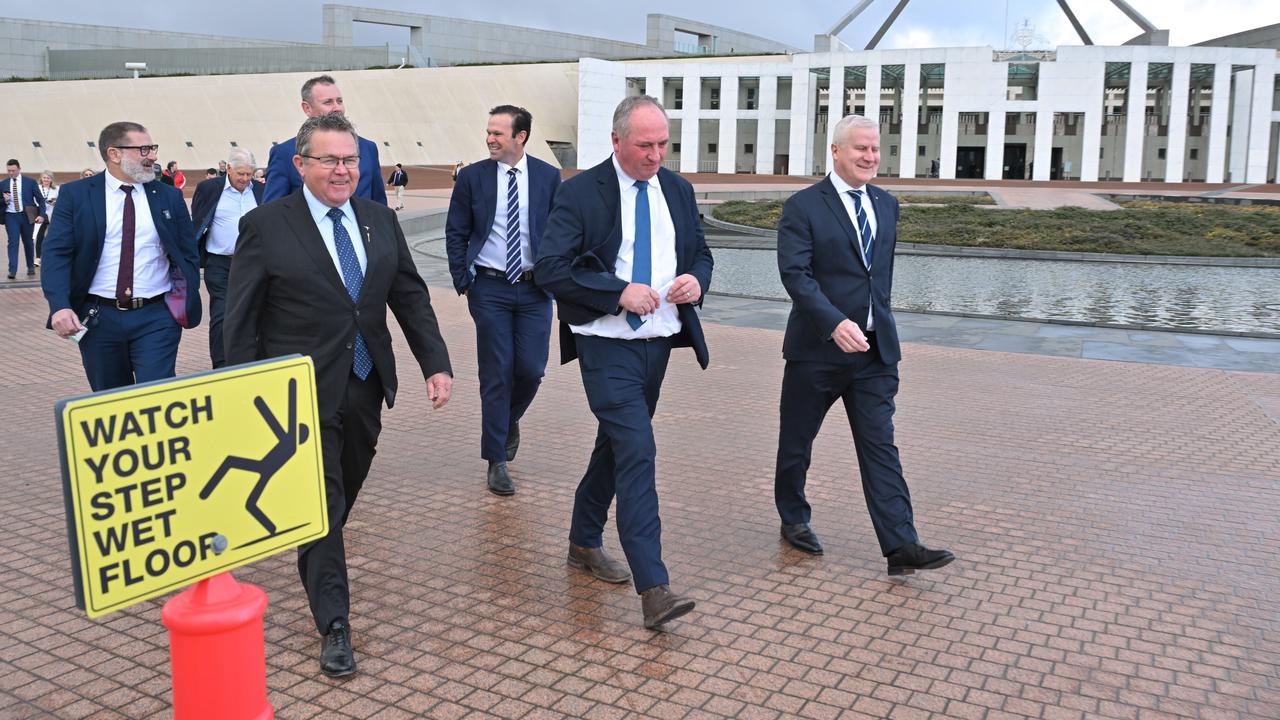
Mr Joyce has the backing of his former leadership rival Michael McCormack.
The two ex-deputy prime ministers are critical of Nationals leader David Littleproud’s handling of the aftermath of the election defeat.
The coalition reunited at the end of May following a messy week-long split driven by divisions which included energy policy.
Climate Change Authority chair Matt Kean, a former deputy leader of the NSW Liberal Party, said “political stunts are no substitutes for real policies”.
“The voters overwhelmingly gave their verdict on Labor’s climate policies, compared with the coalition’s, and if Labor’s massive majority doesn’t send out mandate signals, well you’re probably not paying attention,” he said.
Mr Littleproud’s leadership was contested after the election over the party’s adoption of the climate target.
Liberal MP Garth Hamilton has also backed Nationals MPs trying to jettison the climate target.
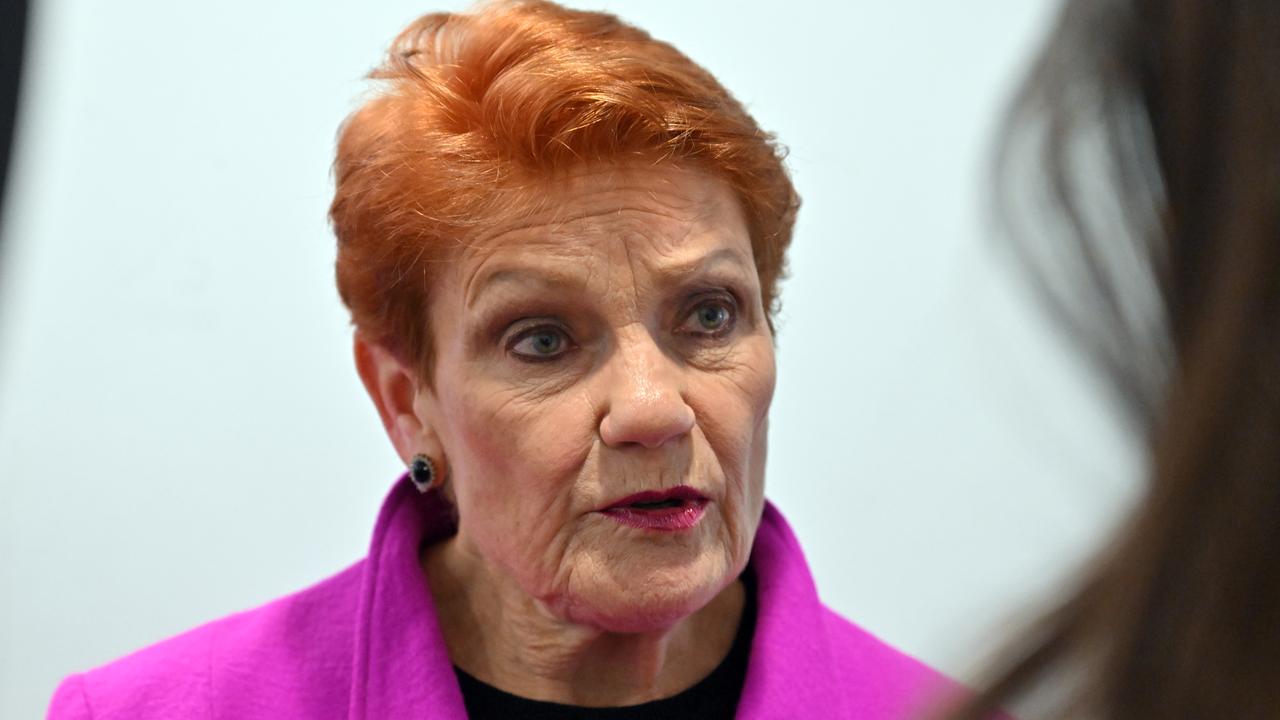
One Nation leader Pauline Hanson launched her own bid to scrap net zero in the upper house on Monday.
But the coalition largely stood united against the issue, with only Nationals senator Matt Canavan and firebrand Liberal Alex Antic voting with the minor party on the motion.
Senator Canavan had said One Nation was “catching up” to his colleagues in the Nationals party, specifically Mr Joyce.
“I give him credit for doing this: he’s put it on the agenda, he’s dominating the media discussions,” he told the Senate.
“We are here to make laws, not just statements, so we’ve got to repeal this rubbish.”
Only five out of the coalition’s 27 senators showed up for the motion, but one was in the chair and exercised his right not to vote, while Liberal senators Jane Hume and Andrew McLachlan voted against it.
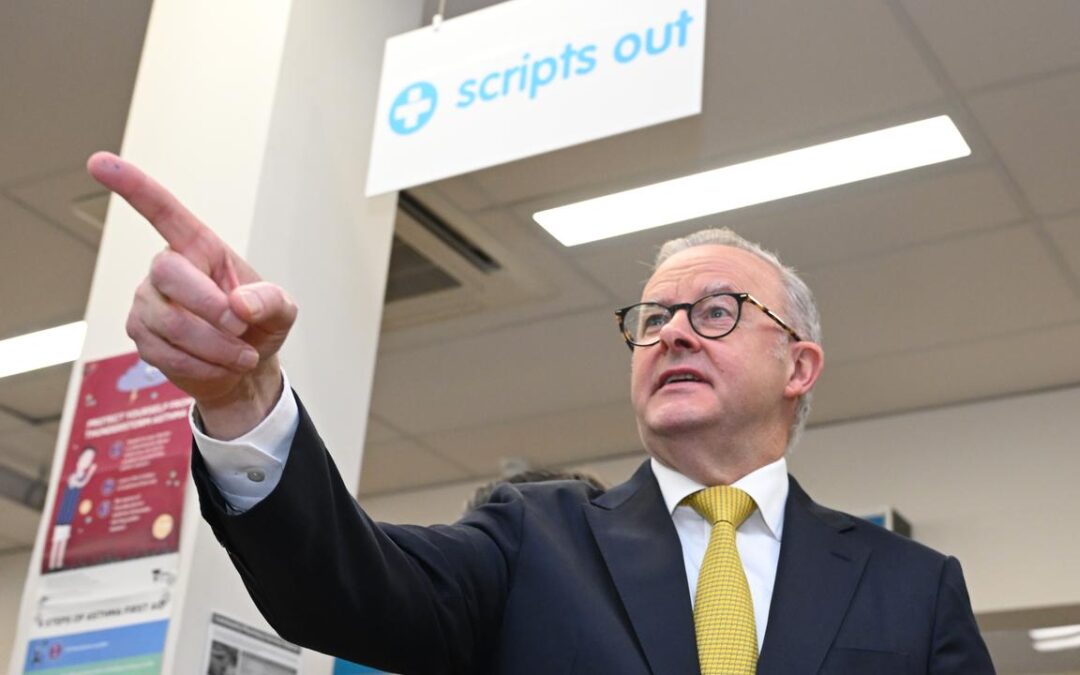
‘Good day for patients’: cheaper medicines on the way
Anthony Albanese says he still has his eye on cost-of-living pressures as a promised reduction in medicine costs nears fruition.
As parliament resumed on Monday, the prime minister touted his government’s promise to bring down the maximum amount Australians will pay on medicines on the Pharmaceutical Benefits Scheme from $31.60 to $25.
The change to the PBS co-payment cap, which sets the maximum out-of-pocket costs pharmacists can charge customers for approved scripts, is set to be introduced to the House of Representatives on Wednesday.
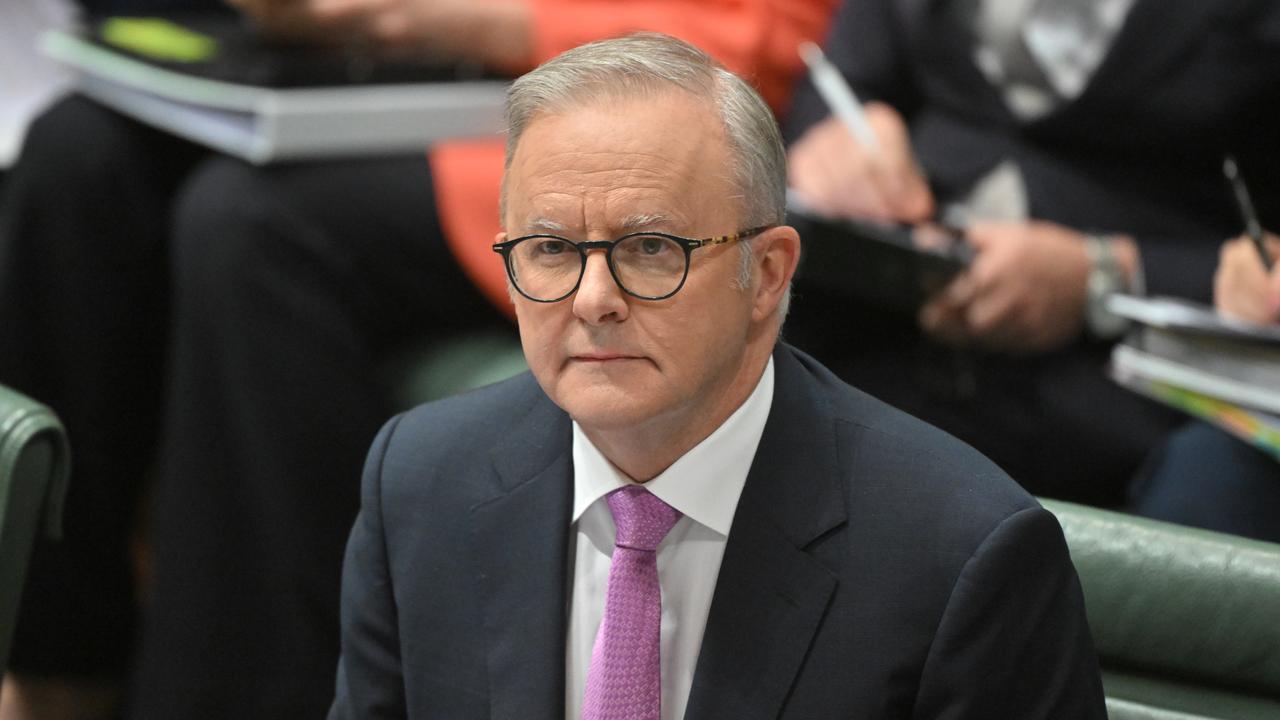
With the opposition signalling their support for the bill, it’s likely to be waved through parliament in the coming weeks, with the changes due to take effect on pharmacy shelves from January 1, 2026.
“Now, there’s an old saying. Nothing comes down in price,” Mr Albanese said in question time.
“Well, this is coming down in price. Not just that, but we’ve frozen the cost of scripts for pensioners and concession card holders to just $7.70; not just for this term, but for the end of the decade.
“Real cost-of-living relief, taking pressure off Australians and backing in Medicare for the future.”
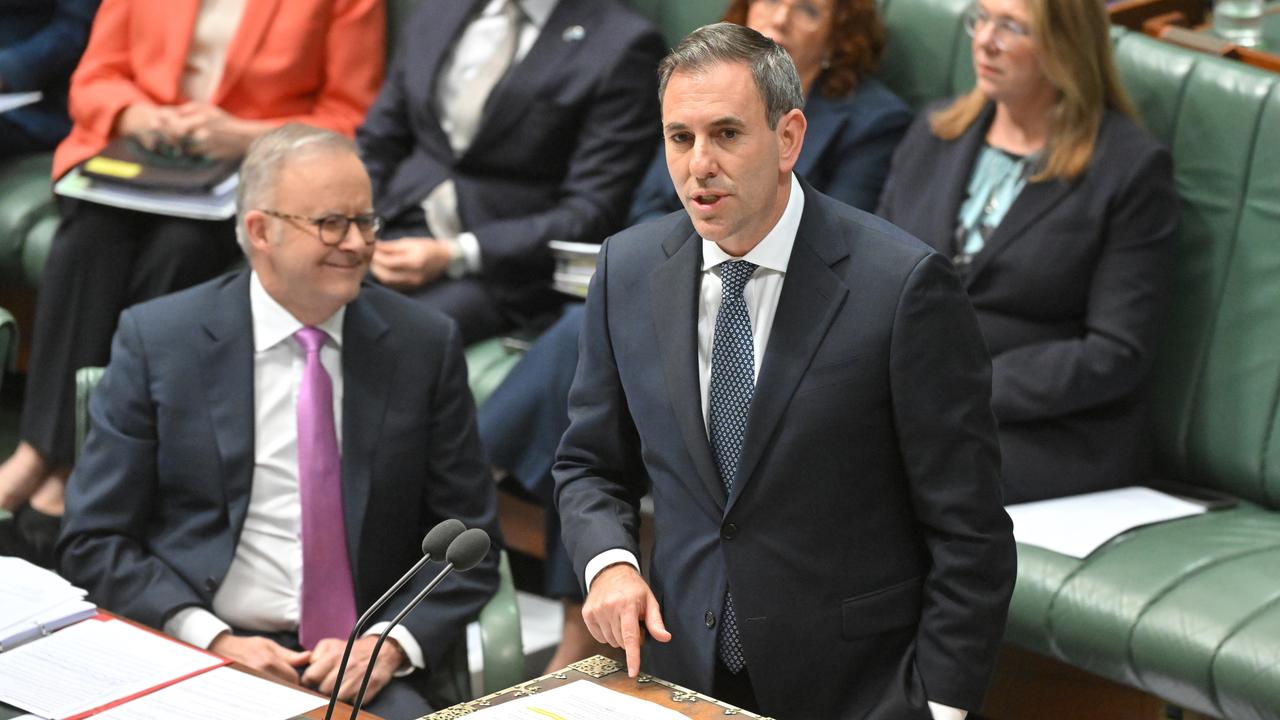
Although the government has declared fixing stalled productivity growth as the priority of its second term, Mr Albanese and Treasurer Jim Chalmers reiterated their commitment to ease cost-of-living pressures, with many Australians still feeling the after-effects of high inflation.
“Cost-of-living relief is at the core of everything we do,” Dr Chalmers said.
“It’s the same when it comes to legislation to protect penalty rates, slash student debt, the medicines policy we’re introducing this week as well, the minimum wage, paid parental leave, the super guarantee, cheaper batteries, prac payments.
“All of this is about recognising that even though we’ve made that progress in the economy, there’s more to do to help ease the cost of living.”
First promised by the Albanese government ahead of the May election, the cheaper medicines bill has been forecast to cost the budget $690 million over four years.
It marks the second cut to the cap introduced by the Albanese government in three years, after it slashed the maximum price of PBS prescriptions from $42.50 to $30 in 2023.

Without the government’s interventions, some 20 million Australians would have been paying up to $50 for essential medicines like insulin, blood thinners and osteoporosis injections, said Trent Twomey, national president of the Pharmacy Guild of Australia.
“Indeed, it is a good day for patients,” he told reporters.
The government’s move to strengthen the PBS comes amid concerns the scheme will be targeted as a bargaining chip in US trade negotiations to ward off threatened pharmaceutical tariffs.
The US pharmaceutical lobby has been pushing President Donald Trump to place tariffs on Australian pharmaceutical imports in retaliation to the “egregious and discriminatory” PBS.
Health Minister Mark Butler said the government’s position on the PBS was “unshakeable”.
“We won’t be negotiating the elements of our PBS with any other country. It’s one of the great cornerstones of Australia’s healthcare system,” he said.
Australia eased its biosecurity restrictions on US beef imports last week, but the prime minister has denied the move was linked to trade talks, noting it followed a 10-year review of Australian biosecurity rules.
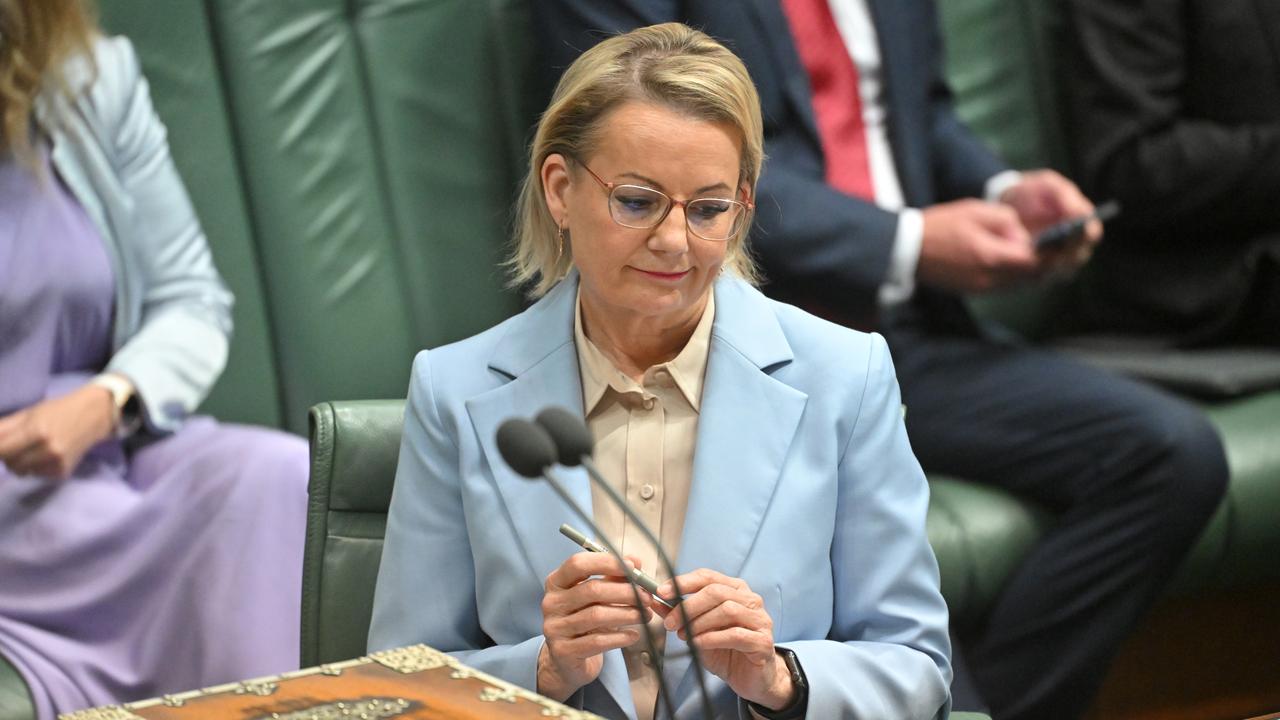
Parliamentarians also formally paid their respects to Pope Francis, with Mr Albanese and Opposition Leader Sussan Ley delivering condolence motions to the late pontiff, who died in April.
“I am not a Catholic, but I found inspiration in the way Pope Francis lived out his faith with humility, strength and compassion,” Ms Ley said.
“His example was a powerful reminder that service to others is at the heart of everything we do, especially in public life.”
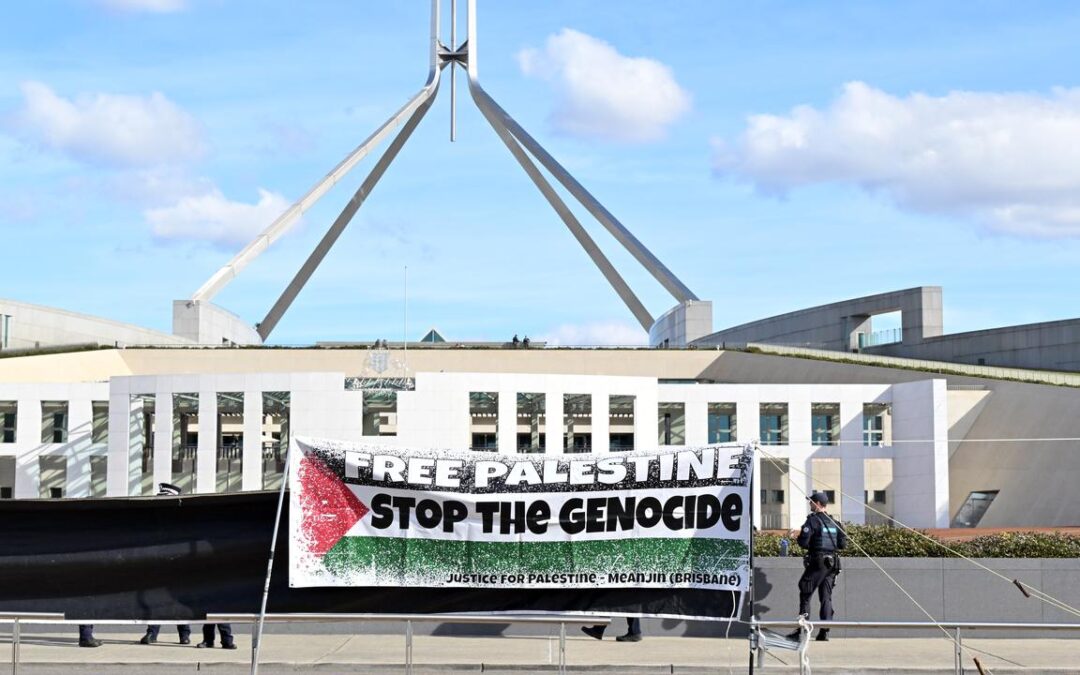
PM stares down internal push for Palestine recognition
The prime minister is staring down internal pressure to recognise a Palestinian state as Labor figures decry the “unspeakable cruelty” being thrust on civilians in Gaza.
Anthony Albanese has been urged to follow in the footsteps of his French counterpart Emmanuel Macron, but on Sunday said he would not “imminently” recognise Palestinian statehood.
Both major parties in Australia support a two-state solution for Palestinians and Israelis, however Mr Albanese said any resolution would need to guarantee Hamas, the de-facto ruling authority in Gaza, played no part in the future nation.
There would also need to be agreements on the rebuilding of Gaza and the West Bank, and a resolution of issues over the expansion of Israeli settlements.
But former Labor frontbencher Ed Husic pointed out that recognition of a Palestinian state had been part of Labor’s national platform since at least 2018.
“We’ve already green-lighted it through our party, we’ve taken it to elections – the circumstances demand it,” the MP told reporters in Canberra on Monday.
“The announcement by the (Israeli) government to partition or reshape the way in which borders exist in Gaza means that we need to send a strong signal that we are opposed to that.”
Former Labor Foreign Minister Bob Carr echoed the call.
There were ways to address the various obstacles to the new nation being established, he said, adding those considerations were outweighed by a “bigger fact and bigger truth”.
“Deaths are coming fast, unspeakable cruelty is being visited against babies and children in the enforcement of something not seen in the modern world – that is, an advanced state using mass starvation as a weapon of war and giving effect to a genocide,” he said.
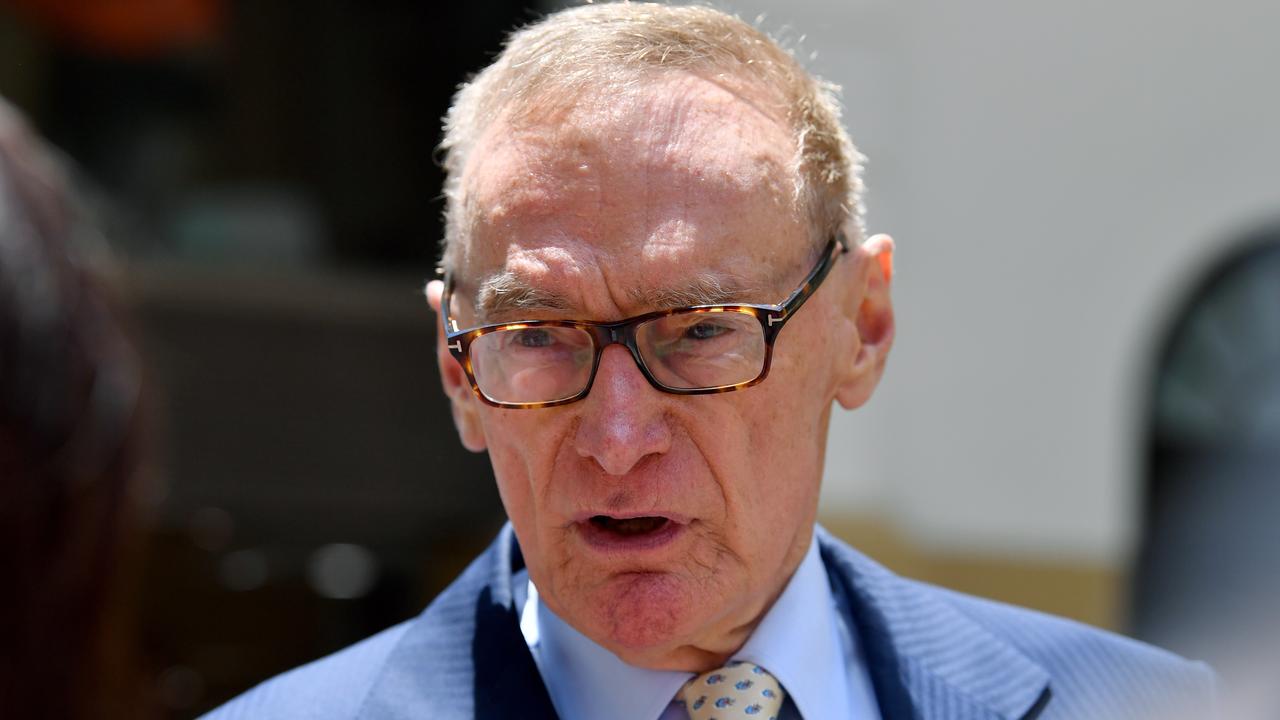
“We will insist that the Palestinian state that comes into being will be one that opts to be a non-militarised state … that is a serious security guarantee that can be delivered in negotiations, and which the Palestinians have already offered.”
More than 140 out of the 193 members of the United Nations already recognise the state of Palestine, including EU members Spain and Ireland.
The international push to recognise Palestine has been fuelled by the escalating crisis in Gaza, where more than two million people are facing starvation.
Israel cut off aid to Gaza in March before re-opening channels under tight restrictions in May, measures it says are necessary to stop the supplies being diverted to fund Hamas operations.

Its officials say enough food has been let into Gaza during the war and Hamas is responsible for the suffering of civilians.
Israel’s military offensive has already killed more than 58,000 Palestinians, according to health authorities in Gaza.
The campaign began after Hamas, a designated terrorist organisation in Australia, attacked Israel on October 7, 2023, killing 1200 people and took 251 hostages.
Opposition frontbencher Dan Tehan said Hamas was responsible for continuing to “politicise and weaponise the use of aid in Gaza”.
Multiple aid organisations, including Amnesty and Medecins Sans Frontieres, have condemned the Israel-backed Gaza Humanitarian Foundation for the trickle of aid being supplied in recent months.
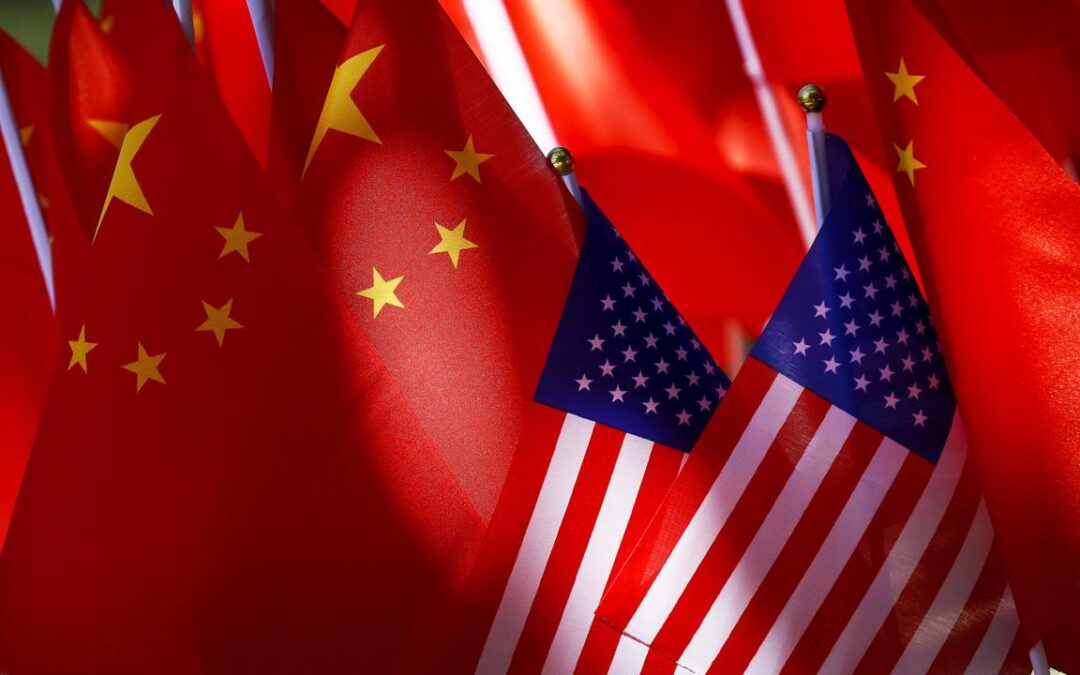
US, China to launch new talks on tariff truce extension
Top US and Chinese economic officials will resume talks in Stockholm to try to tackle longstanding economic disputes at the centre of a trade war between the world’s top two economies, aiming to extend a truce by three months and keeping sharply higher tariffs at bay.
China is facing an August 12 deadline to reach a durable tariff agreement with President Donald Trump’s administration, after Beijing and Washington reached preliminary deals in May and June to end weeks of escalating tit-for-tat tariffs and a cut-off of rare earth minerals.
Without an agreement, global supply chains could face renewed turmoil from US duties snapping back to triple-digit levels that would amount to a bilateral trade embargo.
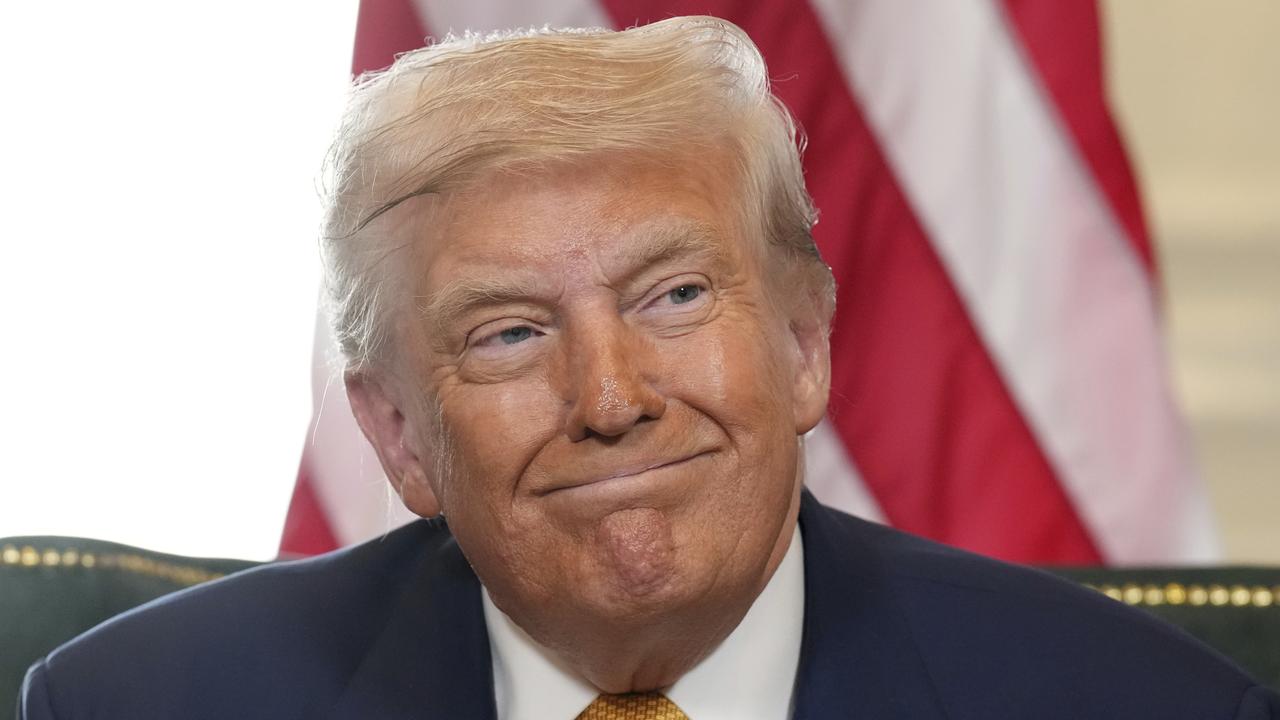
The Stockholm talks come hot on the heels of Trump’s biggest trade deal yet with the European Union on Sunday for a 15 per cent tariff on most EU goods exports to the US, including autos. The bloc will also buy $US750 billion worth of American energy and make $US600 billion worth of US investments in coming years.
No similar breakthrough is expected in the US-China talks but trade analysts said that another 90-day extension of a tariff and export control truce struck in mid-May was likely.
An extension of that length would prevent further escalation and facilitate planning for a potential meeting between Trump and Chinese President Xi Jinping in late October or early November.
A US Treasury spokesperson declined comment on a South China Morning Post report quoting unnamed sources as saying the two sides would refrain from introducing new tariffs or other steps that could escalate the trade war for another 90 days.
Trump’s administration is poised to impose new sectoral tariffs that will impact China within weeks, including on semiconductors, pharmaceuticals, ship-to-shore cranes and other products.
“We’re very close to a deal with China. We really sort of made a deal with China, but we’ll see how that goes,” Trump told reporters before European Commission President Ursula von der Leyen struck their tariff deal.
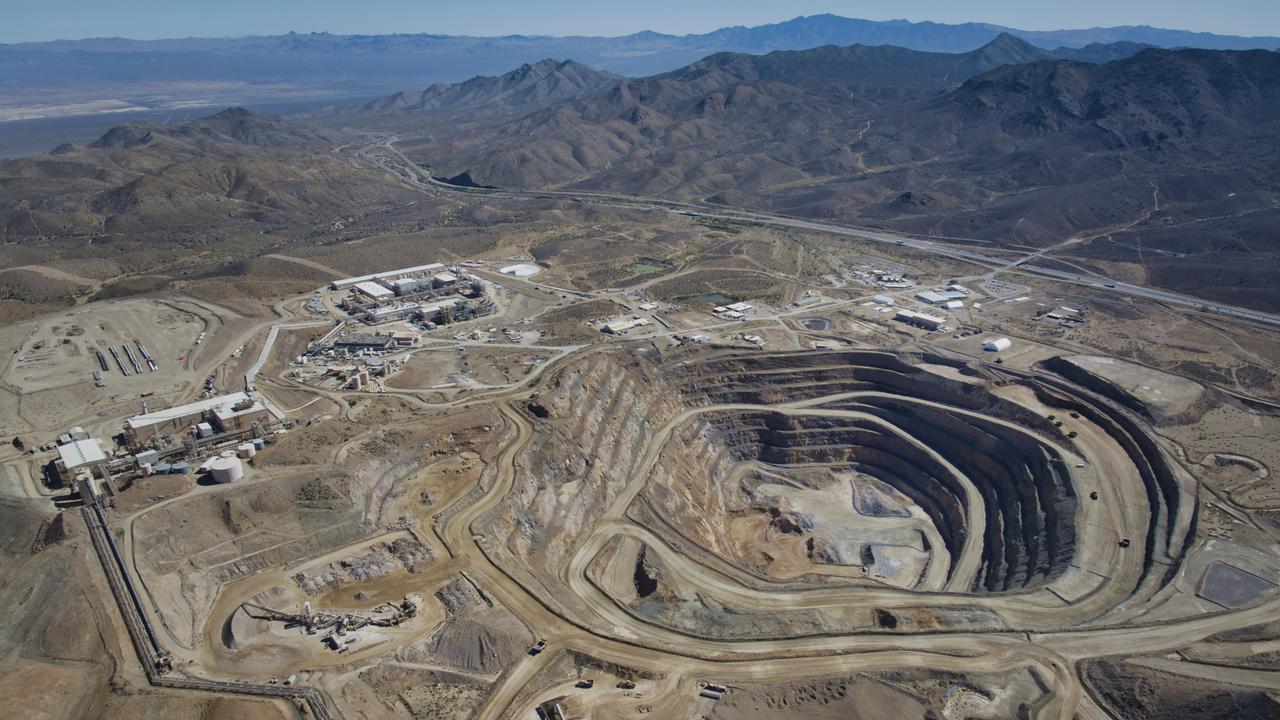
Previous US-China trade talks in Geneva and London in May and June focused on bringing US and Chinese retaliatory tariffs down from triple-digit levels and restoring the flow of rare earth minerals halted by China and Nvidia’s H20 AI chips and other goods halted by the United States.
So far, the talks have not delved into broader economic issues. They include US complaints that China’s state-led, export-driven model is flooding world markets with cheap goods, and Beijing’s complaints that US national security export controls on tech goods seek to stunt Chinese growth.
“Geneva and London were really just about trying to get the relationship back on track so that they could, at some point, actually negotiate about the issues which animate the disagreement between the countries in the first place,” said Scott Kennedy, a China economics expert at the Center for Strategic and International Studies in Washington.
“I’d be surprised if there is an early harvest on some of these things but an extension of the ceasefire for another 90 days seems to be the most likely outcome.”
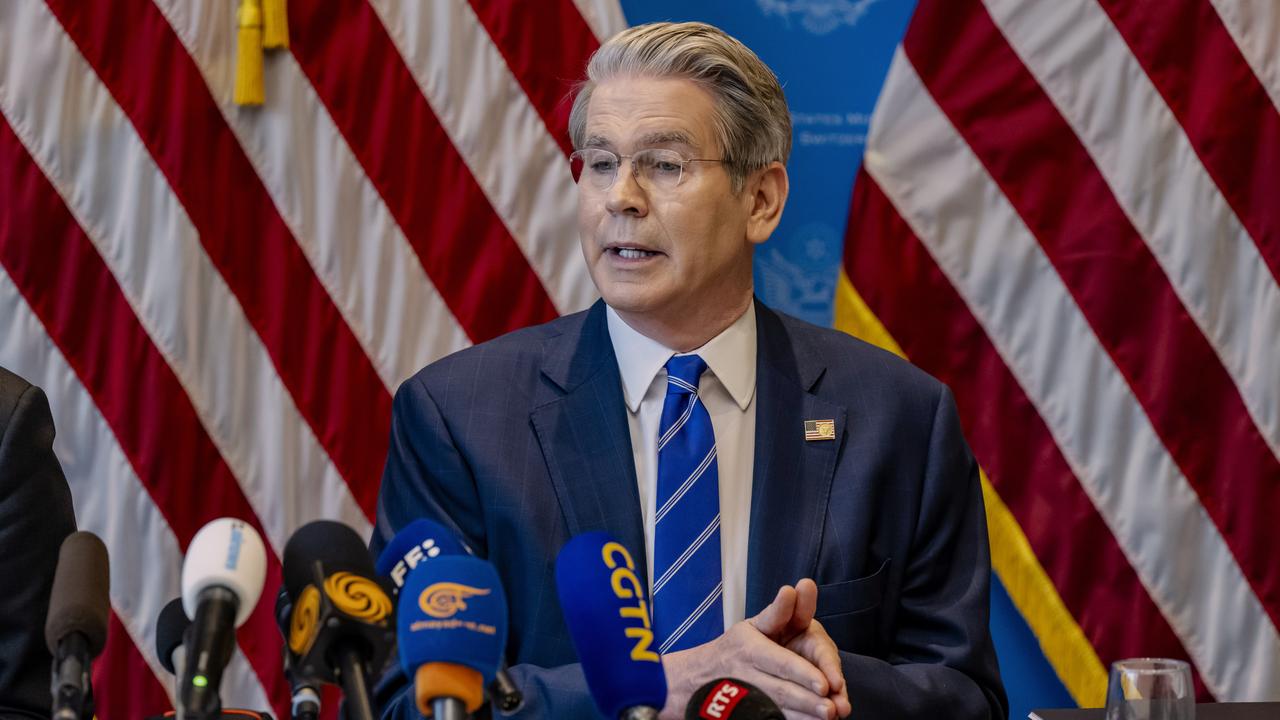
US Treasury Secretary Scott Bessent and Chinese Vice Premier He Lifeng will lead the delegations in Stockholm. Bessent has already flagged a deadline extension and has said he wants China to rebalance its economy away from exports to more domestic consumption – a decades-long goal for US policymakers.
In the background of the talks is speculation about a possible meeting between Trump and Xi in late October.
Trump has said he will decide soon on a landmark trip to China, and a new flare-up of tariffs and export controls would likely derail planning.
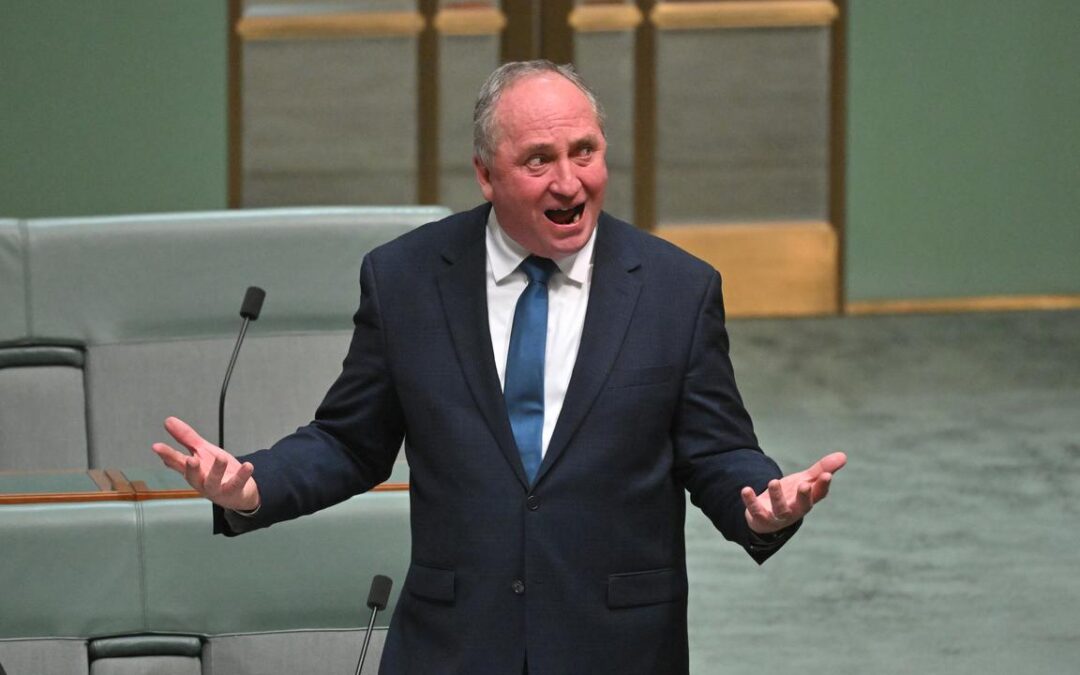
Maverick MP has coalition net-zero policy in his sights
Former deputy prime minister Barnaby Joyce is testing the coalition’s stance on climate change, as the Nationals MP makes a bid to dump an emissions target.
Mr Joyce has used one of the first sitting days of the new parliament to introduce laws to repeal Australia’s plan to reach net-zero greenhouse gas emissions by 2050.
While the private member’s bill won’t be voted on in the house, the stance of Mr Joyce and other prominent Nationals MPs on net-zero has been laid down before Opposition Leader Sussan Ley and the Liberal Party have agreed on a formal position.
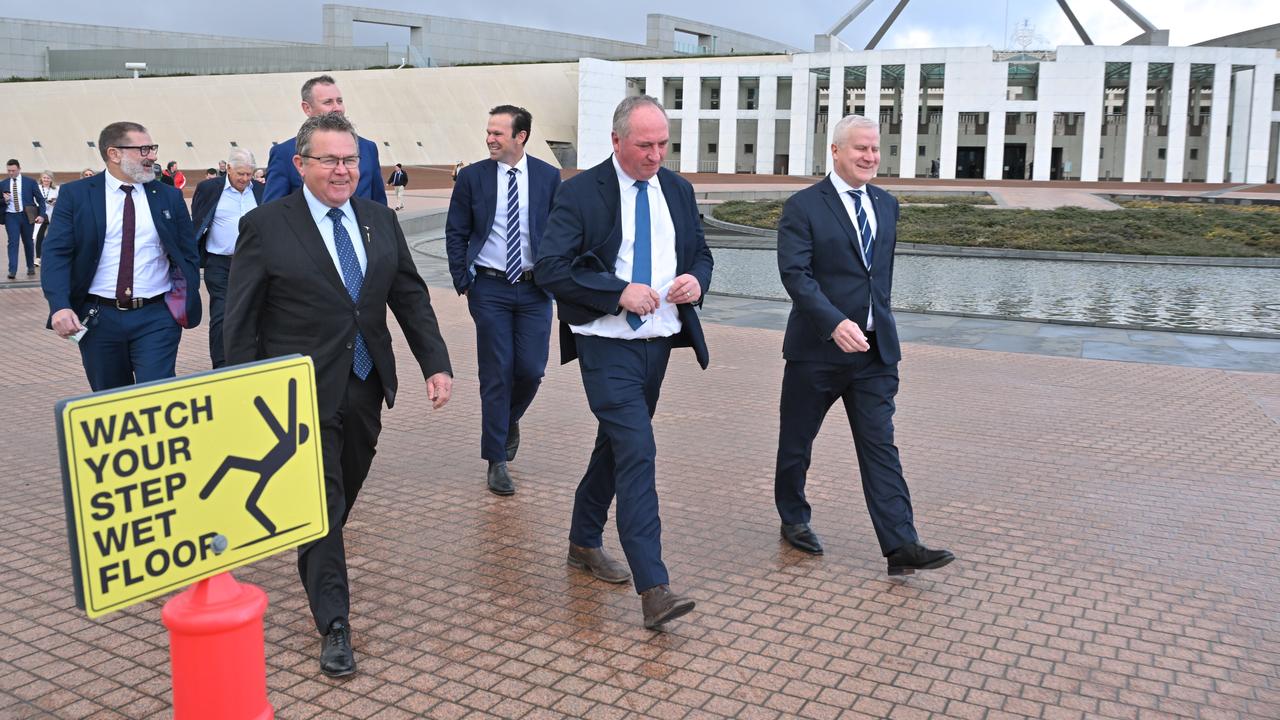
Ms Ley says the coalition will wait until a review of its disastrous May 2025 election result has concluded before making a formal decision on the policy.
Many moderates within the Liberal Party want the net-zero target retained so the party is seen to be taking climate action seriously.
But Mr Joyce said there was no reason why abandoning the targets shouldn’t be on the table.
“This is not about leadership. This is not about trying to create some sort of discordant note,” he told reporters in Canberra on Monday.
“There’s not anything in this bill that the coalition didn’t have the same position we voted for.
“So if you want to have a review, you should include in that why have you got a different position to what the coalition actually had.”
Mr Joyce has the backing of his former leadership rival, Michael McCormack.
The two ex-deputy prime ministers are critical of Nationals leader David Littleproud’s handling of the aftermath of the election defeat.
The coalition reunited at the end of May following a messy week-long split driven by divisions on net-zero emissions.
Mr Littleproud’s leadership was contested after the election over the party’s adoption of the climate target.
Opposition energy spokesman Dan Tehan said the coalition would work to produce a policy that demonstrates how it will play its role in emissions reduction.
“Now that’s going to take some time, it’s going to involve making sure I’m out there listening to colleagues and what they have to say,” he told Sky News.
“It also means going out and listening to industry and, importantly, listening to households.”
Liberal MP Garth Hamilton has also backed Nationals MPs trying to jettison the climate target.
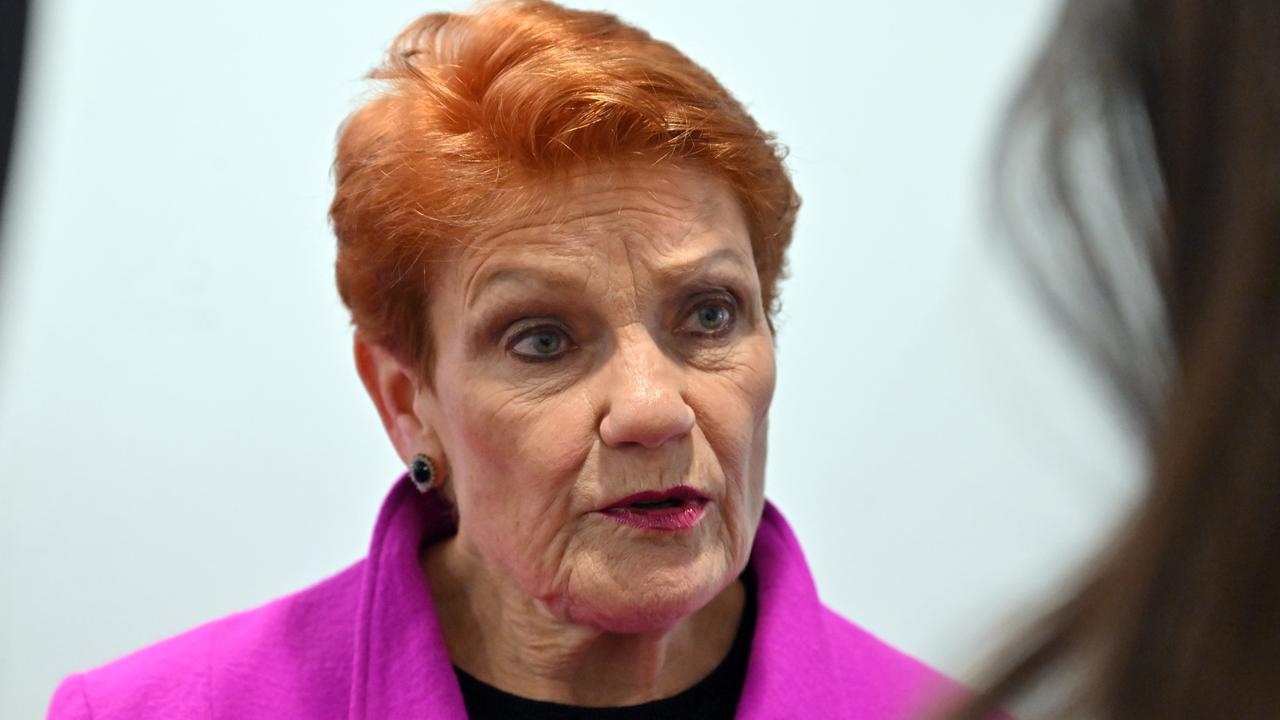
It comes as One Nation leader Pauline Hanson plans to launch her own bid to scrap net-zero in the upper house on Monday.
Senator Hanson said her motion to repeal the target will be seen as an indication of where the coalition partners stand on the emissions measure.
“How are the moderates and the progressives in the Liberal Party going to go with this?” she asked on Sky News.
“We’ve got to look at the impact (net zero) having on our country.”
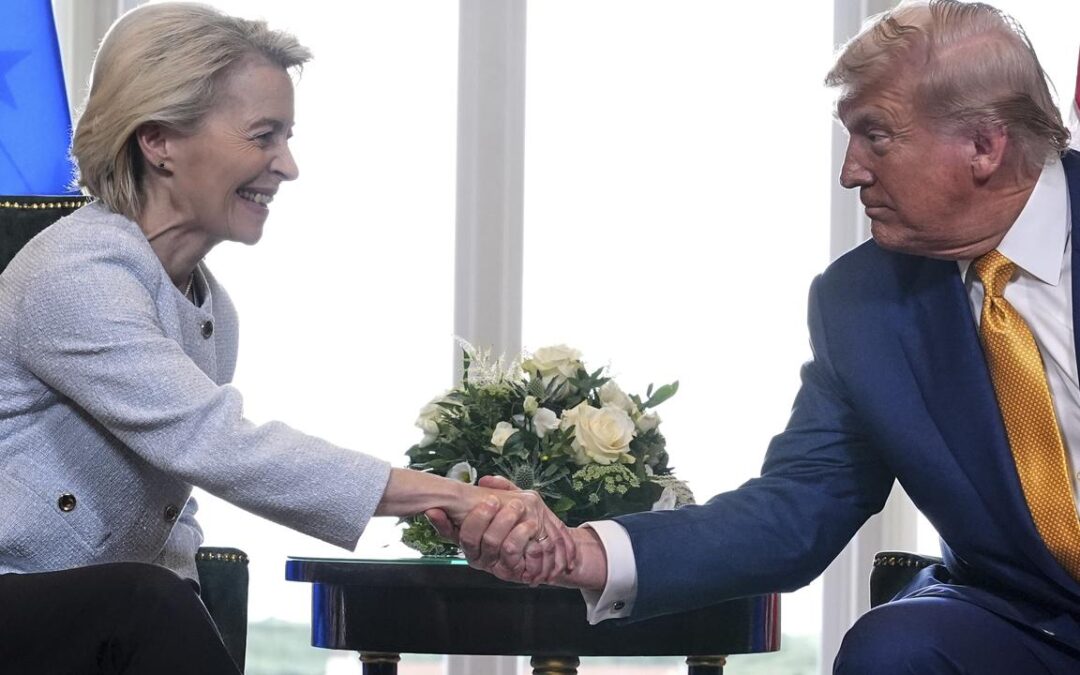
Trump agrees outline trade deal with EU’s von der Leyen
The United States has struck a framework trade deal with the European Union, imposing a 15 per cent import tariff on most EU goods, but averting a spiralling battle between two allies which account for almost a third of global trade.
The announcement came after European Commission President Ursula von der Leyen travelled for talks with US President Donald Trump at his golf course in western Scotland to push a hard-fought deal over the line.
“I think this is the biggest deal ever made,” Trump told reporters after an hour-long meeting with von der Leyen, who said the 15 per cent tariff applied “across the board”.
“We have a trade deal between the two largest economies in the world, and it’s a big deal. It’s a huge deal. It will bring stability. It will bring predictability,” she said.
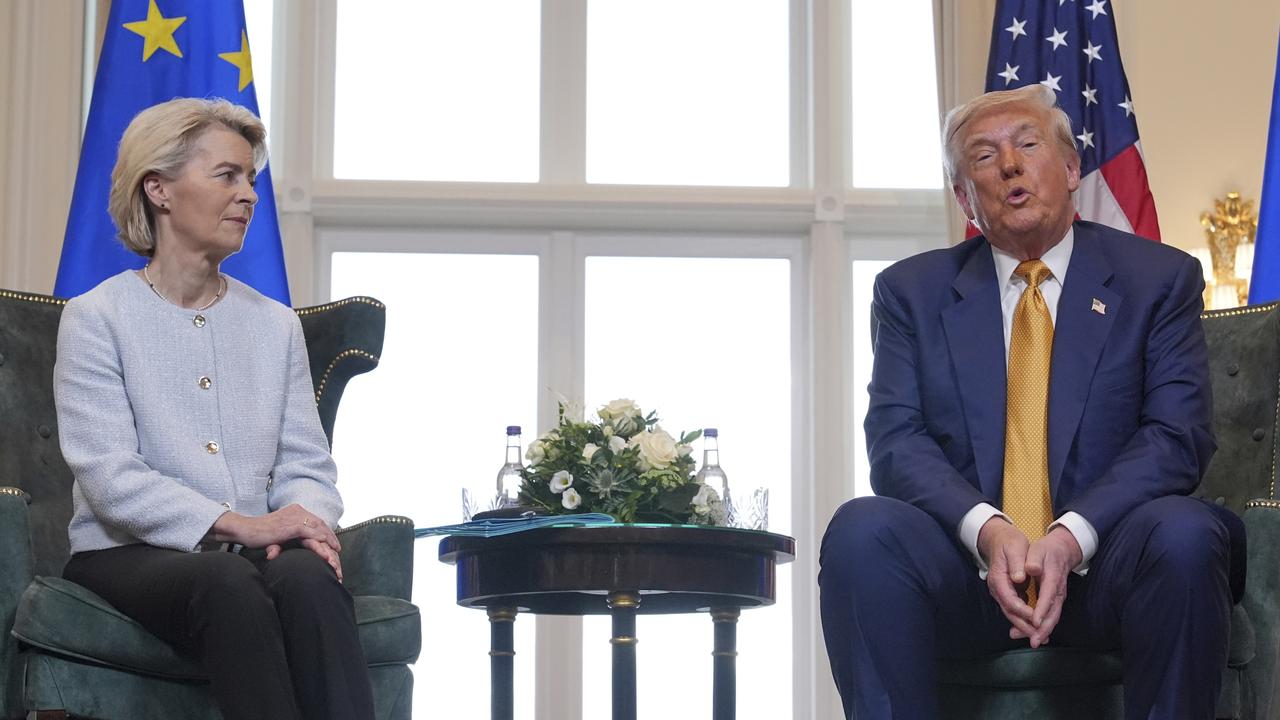
The deal, which also includes $US600 billion ($A901 bn) of EU investments in the United States and $US750 bn ($A1.1 trillion) of EU purchases of US energy over Trump’s second term, will indeed bring clarity for EU companies.
Even so, the baseline tariff will be seen by many in Europe as a poor outcome compared with the initial European ambition of a zero-for-zero tariff deal, although it is better than the threatened 30 per cent rate.
German Chancellor Friedrich Merz welcomed the deal, saying in a statement that a trade conflict had been averted that would have hit Germany’s export-driven economy and its large auto sector hard.
But Bernd Lange, the German Social Democrat who chairs the trade committee of the European Parliament, said he was “quite critical” because the tariffs were imbalanced and the pledged investment would likely come at the expense of EU industry.
The euro rose around 0.2 per cent against the dollar, sterling and yen within an hour of the deal being announced.
The deal mirrors key parts of the framework agreement the United States clinched with Japan last week.
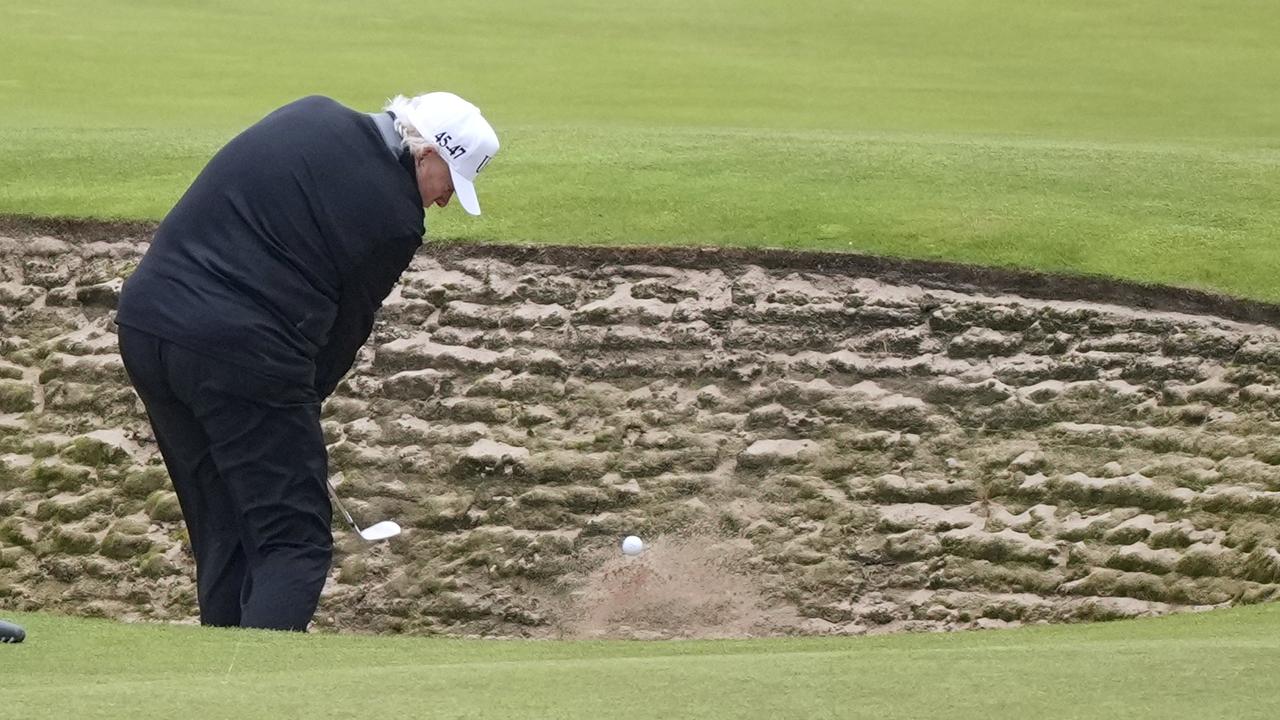
“We are agreeing that the tariff … for automobiles and everything else will be a straight-across tariff of 15 per cent,” Trump said. That rate will not, however, apply to steel and aluminium, for which a 50 per cent tariff will remain in place, although von der Leyen said it would be cut and replaced with a quota system.
Von der Leyen said the rate also applied to semiconductors and pharmaceuticals, and there would be no tariffs from either side on aircraft and aircraft parts, certain chemicals, certain generic drugs, semiconductor equipment, some agricultural products, natural resources and critical raw materials.
“We will keep working to add more products to this list,” she said, adding that the situation on spirits was still to be established.
Trump, who is seeking to reorder the global economy and reduce decades-old US trade deficits, has so far reeled in agreements with Britain, Japan, Indonesia and Vietnam, although his administration has failed to deliver on a promise of “90 deals in 90 days.”
Arriving in Scotland, Trump said the EU wanted “to make a deal very badly” and said, as he met von der Leyen, that Europe had been “very unfair to the United States”.
His main bugbear is the US merchandise trade deficit with the EU, which in 2024 reached $US235 bn ($A353 bn), according to US Census Bureau data. The EU points to the US surplus in services, which it says partially redresses the balance. Trump also talked on Sunday about the “hundreds of billions of dollars” that tariffs were bringing in.